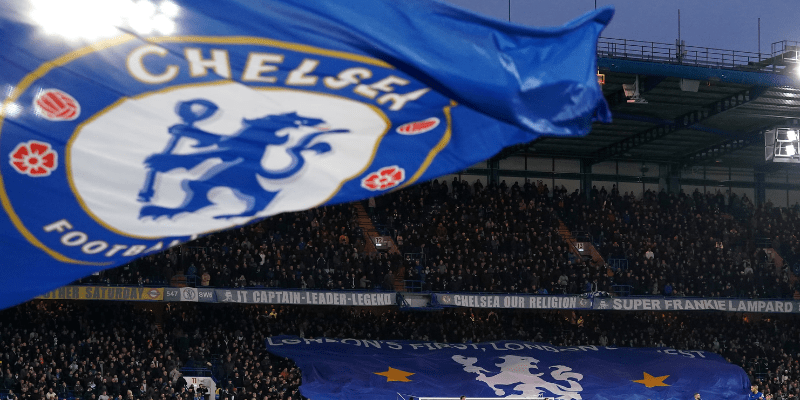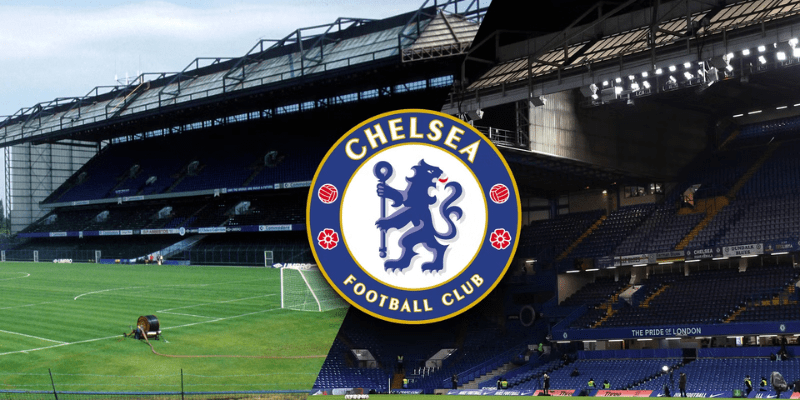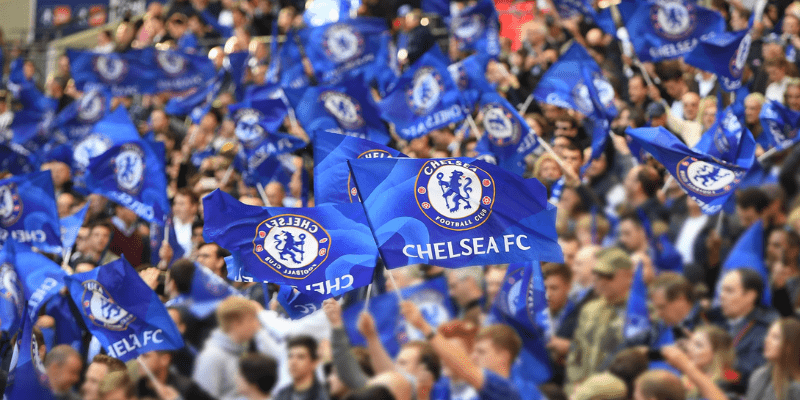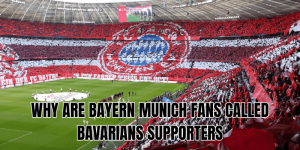When you hear someone shouting “Come on the Blues!” in a football pub, it’s not referring to Everton or Birmingham City — most often, it’s meant for Chelsea. But why are Chelsea fans called the Blues? It’s a simple question with roots that run deep into kit colours, club identity shifts, and a bit of deliberate branding. In this article, IndiGoal will take you through the history, cultural meaning, and nuances behind the nickname.
From Pensioners to Blues: The early years

The original nickname: The Pensioners
When Chelsea Football Club was born in 1905, few would have guessed that its supporters would one day be universally known as “The Blues.” For the first half-century of its existence, the club was strongly associated with the nearby Royal Hospital Chelsea — an institution long housing retired military veterans, who were commonly called “Chelsea Pensioners.”
Because of this physical and symbolic proximity, Chelsea acquired the nickname The Pensioners, and the character of a pensioner (sometimes informally dubbed “Percy the Pensioner”) even appeared in club programmes and paraphernalia in the 1930s. Over time, this image was central to the club’s local identity and early branding.
The shift under Ted Drake
The turning point came in 1952, when former Arsenal and England striker Ted Drake was appointed manager. He sought to modernize Chelsea both on and off the pitch. One of his first moves was to ditch the “Pensioner” imagery, which he deemed outdated, and change the crest — removing the pensioner cartoon and replacing it with a lion motif.
Under Drake’s influence, Chelsea gradually became known by its home colours — and “The Blues” grew in use and acceptance. By emphasizing the blue kit and removing older imagery, Drake paved the way for the nickname we know today. ans.co.uk])
The colour becomes identity
Why “Blue”?
The simplest and most obvious explanation is that Chelsea’s primary kit has long been dominated by blue. While early kits varied (including a greenish tone in the very early years), blue became dominant by the 1910–11 season (a blue shirt combined with white shorts and black socks) and was cemented as the club’s signature look.
Because so many clubs have nicknames tied to colours (e.g. “The Reds,” “The Whites,” “The Sky Blues”), the nickname “The Blues” naturally fits. Over decades, fans, commentators, rival supporters, and media all adopted the moniker as shorthand.
Reinforcement through culture
The blue identity didn’t just live in jerseys — it made its way into songs, chants, and merchandise. Chelsea’s anthem “Blue Is the Colour” became massively popular, embedding the colour into fans’ emotional identity.
Furthermore, the club’s crest, branding, and visual identity over decades leaned into blue tones and motifs (lions in blue, circular blue badges, “CFC” in blue). All of this reinforced the nickname “The Blues” as more than casual shorthand — it became the club’s soul.
Why the nickname stuck (and evolved)

Simplicity and recognition
“The Blues” is easy, instinctive, and universal. For commentators and fans alike, it’s a quick way to refer to Chelsea without needing to say the full name. Over time the nickname became ingrained in dialogues about the club: match reports, chants, social media.
Transition away from “Pensioners”
As the decades passed, few fans felt a strong personal tie to the “Pensioners” image. As Chelsea grew in size, reach, and ambition beyond its local West London roots, the old nickname felt limiting. When the club modernized its branding, the pensioner symbolism was phased out. In effect, “The Blues” became a cleaner, broader, more marketable identity.
Occasionally, you’ll still hear references to “The Pensioners” — often from older fans or historical retrospectives — but it is no longer the club’s default identity among modern supporters.
Rival nicknames and jabs
Rival supporters invented nicknames of their own. One of the more common ones is “Chelski”, a mocking amalgam intended to poke fun at Chelsea’s wealth or ambition. Some fans accept it playfully; others reject it outright.
“The Blues” not only survived these jabs but also became a proud badge of identity — a way fans contrast themselves with rival clubs (e.g., “Blues vs Reds”).
Fan nicknames: The Blue Army, True Blues
Within the fanbase, variations exist. Some refer to themselves as the Blue Army, others as True Blues, emphasizing loyalty and belonging. These terms reinforce the same root: blue as the defining identity. Elastico])
Misconceptions and clarifications
- Is “The Blues” unique to Chelsea? Not entirely — other clubs (e.g., Everton) have nicknames tied to blue kits too. However, context, media coverage, and Chelsea’s global reach mean that “The Blues” is often understood internally as Chelsea’s nickname.
- Does the old “pensioner” nickname still matter? Only in a historical sense. It’s occasionally recalled by historians or nostalgic fans, but it no longer defines the club’s identity.
- Is “Blue” just about the shirt? It goes deeper. It reflects legacy, culture, branding, and emotional resonance. Over time, blue has become a signifier of Chelsea’s values, pride, and global brand.
The cultural power of “The Blues”

Nicknames in football do more than label — they unite, provoke, and market. For Chelsea, “The Blues” carries several resonances:
- Unity and belonging: When fans shout “We are the Blues,” it’s not only about the colour, but shared identity across generations and geographies.
- Branding strength: Globally, “Chelsea Blues” is a marketing hook, used in merchandise, social media, and international appeals.
- Symbolic continuity: In a club with changing ownerships, managers, squads, the nickname endures — anchoring the club in a constant.
- Fan culture and chants: The nickname fuels chants, songs, and traditions (like waving blue scarves), reinforcing the emotional bond.
Through highs and lows, “The Blues” remains the constant that binds Chelsea fans — a badge they wear with pride.
Final Thoughts
Why are Chelsea fans called the Blues? Because over decades the club transformed its identity, modern blue emblem — and fans embraced it., to Ted Drake’s rebranding, to iconic songs and crest changes, the colour blue became the club’s undeniable signature.
If you ever hear that chant echoing around Stamford Bridge or on the road — “come on you Blues” — you’re hearing more than a nickname. You’re hearing over a century of identity, passion, and heritage. Want to dive deeper into Chelsea’s fan culture, anthem evolution, or crest history? Keep exploring with IndiGoal and join the true Blues on their journey.






